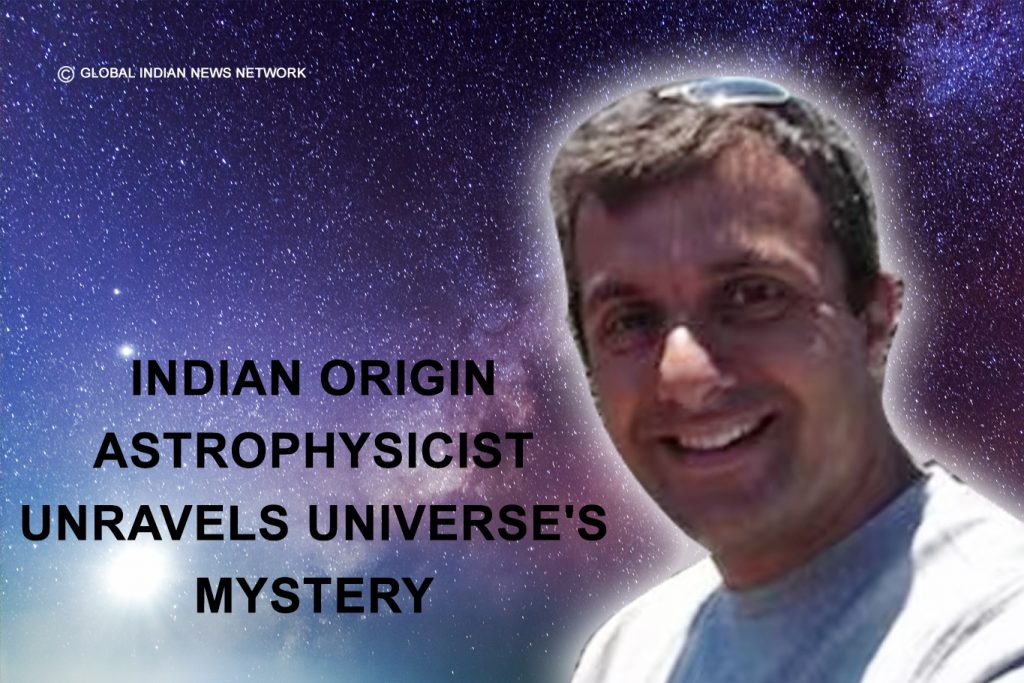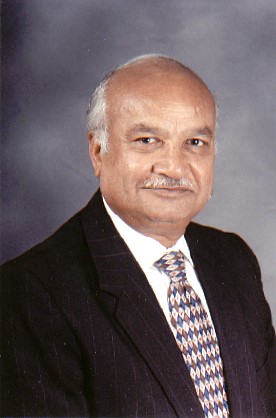 Professor Vik Dhillon, an astrophysicist of Indian descent at the University of Sheffield, UK, is a key member of a team that has made remarkable progress in understanding the origins of the universe’s heaviest chemical elements. This breakthrough is credited to an advanced camera.
Professor Vik Dhillon, an astrophysicist of Indian descent at the University of Sheffield, UK, is a key member of a team that has made remarkable progress in understanding the origins of the universe’s heaviest chemical elements. This breakthrough is credited to an advanced camera.
Dhillon, who plays a pivotal role in the University’s Department of Physics and Astronomy and leads the ULTRACAM project, emphasizes the camera’s revolutionary capabilities. It is the first instrument capable of accurately identifying gamma-ray bursts, which signal the onset of a Kilonova explosion. Kilonova, arising from the fusion of two compact neutron stars, is believed to be the source of the heaviest elements on the periodic table, including gold, platinum, and uranium, found on Earth.
Dhillon stated, “Our camera ULTRACAM was the first to locate the gamma-ray burst, the second brightest ever observed, signaling the start of the kilonova explosion. This discovery enabled us to activate telescopes worldwide for further observations, including the James Webb Space Telescope (JWST).”
Before joining the University of Sheffield, Dhillon’s career included roles at the Royal Greenwich Observatory, with positions in Herstmonceux/Sussex, La Palma, and later in Cambridge. His significant contributions to the field were recognized when he received the Royal Astronomical Society Jackson-Gwilt Medal in 2013. Furthermore, he held the prestigious title of ERC Advanced Grant holder from 2014 to 2019.













